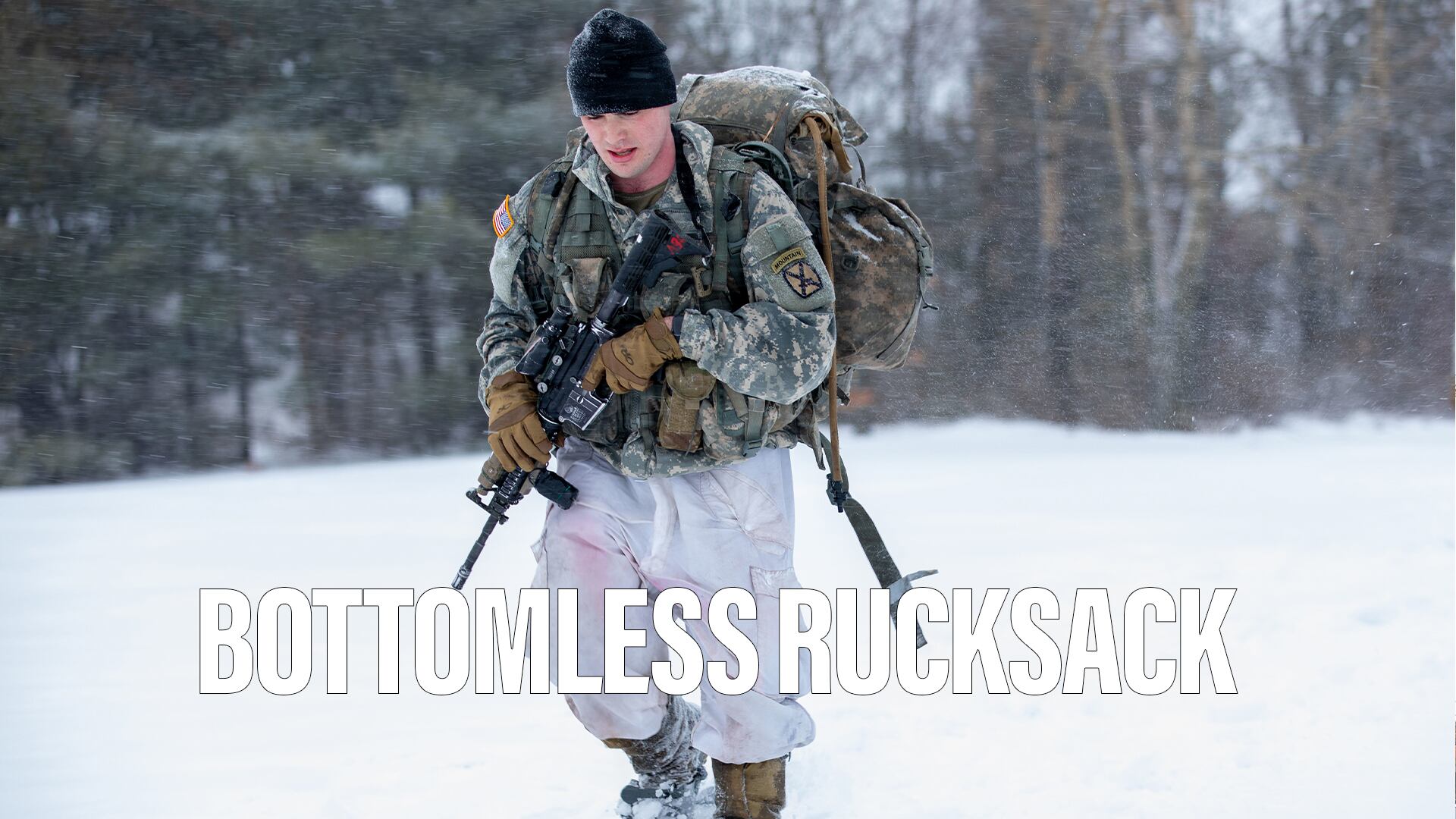WASHINGTON — The Pentagon and Lockheed Martin could shave at least 5 percent off the price of stealthy F-35 fighter jets in their upcoming annual purchase contract as the standard version of the plane heads toward a price of fewer than $80 million, people familiar with the talks told Reuters.
The Pentagon, under the direction of U.S. Secretary of Defense Jim Mattis, has been exploring how to cut the costs of its most expensive weapons program.
The deal for last year's annual purchase contract, struck this February, put the standard takeoff and landing version of the jet at the lowest price ever, $94.6 million, a 7.3 percent reduction from the previous annual purchase price of $102 million.
The current negotiations are for a batch of about 130 planes. The talks could shave 5 to 7 percent, or $660 million, from the approximately 100 standard takeoff and landing A-model jets for the U.S. Air Force and U.S. allies, the sources said.
The F-35 comes in three configurations: the A-model; the B-model, which can handle short-takeoff-and-vertical-landings for the U.S. Marine Corps and the British Royal Navy; and the carrier-variant F-35C jets.
The number and type of jets in the deal as well as the timing for an agreement have not been finalized, the sources said. They spoke on condition of anonymity because the talks are private.
The Pentagon's F-35 Joint Program Office said it remains focused on getting the best deal for the planes and for taxpayers, but would not comment on the negotiations. A Lockheed Martin representative declined to comment.
U.S. President Donald Trump and other U.S. officials have criticized the F-35 program for delays and cost overruns, but the price per jet has steadily declined in recent years as production increases.
Speaking at a conference last month, Lt. Gen. Chris Bogdan, head of the F-35 program for the Pentagon, said the government hoped that by 2020 the F-35 would cost less than $80 million, a 16 percent drop from its current price.
Lockheed, the prime contractor for the jet, and its partners including Northrop Grumman, BAE Sytems, and United Technologies' Pratt & Whitney, have been working to lower costs by building a more cost-effective supply chain for the production line in Fort Worth, Texas.








